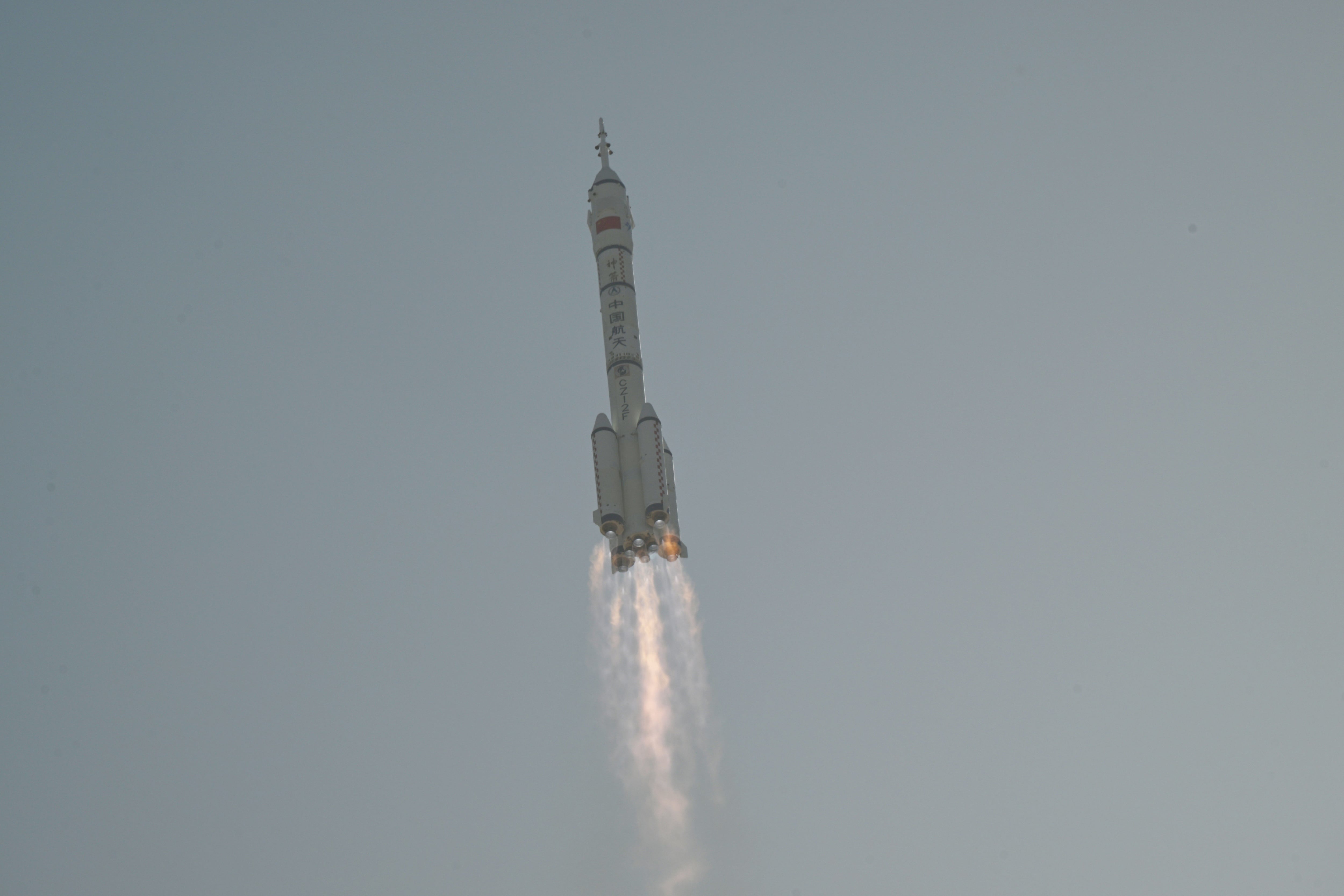A session at the annual meeting of the American Association for the Advancement of Science (AAAS) has collected opinions from several experts on how to approach space exploration present.
As they highlighted, in the last decade, humanity has seen the birth and expansion of a commercial space sector with new private players, addressing technological challenges, from space launch to communications and satellite images of the Earth. .
READ ALSO: The first preview of Android 15 for developers seeks to strengthen security and privacy
Last year, the global space industry exploded, launching more than 2,660 satellites into orbit and into the universe, interplanetary probes, landers and much more. In the United States, SpaceX was responsible for almost 90% of these launches.
Parallel to this progression is the expansion of more than 70 countries that demonstrate space capabilities. Thus, the general consensus and understanding that humanity will continue to depend on space activities to improve the human experience.
These developments create a novel landscape of competition and collaboration for scientists, offering challenges and opportunities.
In this regard, Thomas Zurbuchen, who led 54 missions as the longest-serving associate administrator of NASA’s Science Mission Directorate, reflected on the value of partnerships as a leadership tool.
He used examples from recent international missions, such as Mars InSight, to discuss how diversity creates opportunities for new and different ideas to emerge, even if some ideas pose an element of risk. He also addressed some of the challenges that arise from partnerships.
READ ALSO: Hackers linked to governments in Russia, North Korea and Iran use ChatGPT
For example, some companies and countries prefer not to share their scientific data collected in space, making the reproducibility of scientific analysis difficult.
For his part, David Malaspina, a space plasma physicist at the University of Colorado (United States), described international academic collaborations as vital drivers of discovery and credits the language of science with fostering a sense of wonder and awe at the universe that transcends cultures. “In science and in plasmas, the most interesting physics happens at the edges,” he said.

Currently, Malaspina is a member of a team using data from the Parker Solar Probe mission to explore Venus, seeking to understand the importance of a planetary magnetic field for the habitability of Earth-like planets.
Also speaking in this session was Michelle Hanlon, a space lawyer and executive director of the Center for Air and Space Law at the University of Mississippi School of Law (United States).
READ ALSO: Private US spacecraft takes off towards the Moon
It explained why protecting historical sites on the Moon and elsewhere in space not only preserves the past, but also provides a vital foundation for the future.
Hanlon explores gaps in space law and in particular asked: “What are the different obligations that space law imposes on scientific and commercial activities, as well as on government and private actors?”

In his view, space law, ethics, policies and treaties will take on an increasing strategic priority as nations seek to avoid potential conflicts.
Source: Elcomercio
I have worked in the news industry for over 10 years. I have a vast amount of experience in writing and reporting. I have also worked as an author for a number of years, writing about technology and other topics.
I am a highly skilled and experienced journalist, with a keen eye for detail. I am also an excellent communicator, with superb writing skills. I am passionate about technology and its impact on our world. I am also very interested in current affairs and the latest news stories.
I am a hardworking and dedicated professional, who always strives to produce the best possible work. I am also a team player, who is always willing to help out others.

:quality(75)/cloudfront-us-east-1.images.arcpublishing.com/elcomercio/QJVFTJ4EHBGL5E2XVK2SARSLLM.jpg)

:quality(75)/cloudfront-us-east-1.images.arcpublishing.com/elcomercio/DQ4MLCPEJ5D5NC6BFXZJ37ENK4.png)

:quality(75)/cloudfront-us-east-1.images.arcpublishing.com/elcomercio/KHRSVXMA7FDZDJQ4YRQJMTBDDM.jpg)

